Heard it Through the Grapevine
Category: Chronic Illness

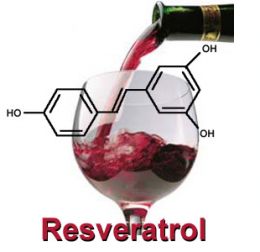
If you’ve heard of ‘Resveratrol‘ (a polyphenol from grapes that reportedly helps the human body reduce inflammation from oxidative stress), you may have seen a decades-old CBS News 60 minutes report on the ‘French Paradox’. This was the first time I heard anyone asking how French people can eat such a high-fat diet, and yet still have such a low incidence of cardio-vascular disease.
You may have simply heard DRINK MORE RED WINE… NOW IT’S HEALTHY! If you want to drink red wine, I say cheers to you. Studies do show benefit from a daily moderation of any fermented beverage. But to get actual health benefits, you’d need to drink perhaps 1,000 bottles every day. Impractical if not impossible. So, if you’re looking for REAL health benefits, read on.

Resveratrol Alone isn’t enough. Many years of trying various OTC supplements had me investigating this ‘miracle’ substance.
When you read my blog post “What Can Shoelaces Tell You About Longevity”, you’ll know about a breakthrough liquid supplement that, when used regularly, has been shown in laboratory studies to impact the four key mechanisms of cellular aging. But it wasn’t my youthful appearance I was trying to save when I stumbled across this Resveratrol and Muscadine Grape Formula.
 I was looking for a Super-Antioxidant to help reduce inflammatory immune response as part of my personal endeavor to naturally treat the disabling effects of Chronic Fatigue Syndrome (CFS, a.k.a. Myalgic Encephalomyelitis). As you may know, I’ve been on a path of treatment and healing since my diagnosis in 1999. Unfortunately, western medicine has not yet found a “cure”, much less an FDA-approved pharmaceutical, to treat this ill-defined disease. Most treatment modalities focus on symptom management. I have been so blessed to have found some of the most caring, qualified, and courteous Medical Professionals who specialize in CFS.
I was looking for a Super-Antioxidant to help reduce inflammatory immune response as part of my personal endeavor to naturally treat the disabling effects of Chronic Fatigue Syndrome (CFS, a.k.a. Myalgic Encephalomyelitis). As you may know, I’ve been on a path of treatment and healing since my diagnosis in 1999. Unfortunately, western medicine has not yet found a “cure”, much less an FDA-approved pharmaceutical, to treat this ill-defined disease. Most treatment modalities focus on symptom management. I have been so blessed to have found some of the most caring, qualified, and courteous Medical Professionals who specialize in CFS.
We LOVE our medical doctors, and appreciate all they do for, and sacrifice for, their patients. However, there are limits to what any one person, or specialty, can focus on. Still, to this day, Medical Schools only require perhaps 1 semester of nutritional training. That’s why we created a Free ebook for your information: What Your Doctor Wasn’t Taught in Med School. I share a journey of self-education, and self-advocacy, with millions of others worldwide who cope with the disabling effects of these “invisible illnesses”. Out of necessity, we patients learn much by trying all kinds of different therapies, medicines, protocols, supplements, lifestyle modifications and alternative approaches. We experience many more disappointments than successes, so we must educate ourselves.
In deference to my fellow “invisible” chronic illness warriors, I have no cure to offer. What I’ve found out is there are many other ways each of us can seek our best health and wellness possible within whatever parameters this life gives us. Sometimes, changing what we focus on has unexpected benefits. Focusing on ‘Health-span’ instead of ‘cure’ is one of them for me. So, why antioxidants?
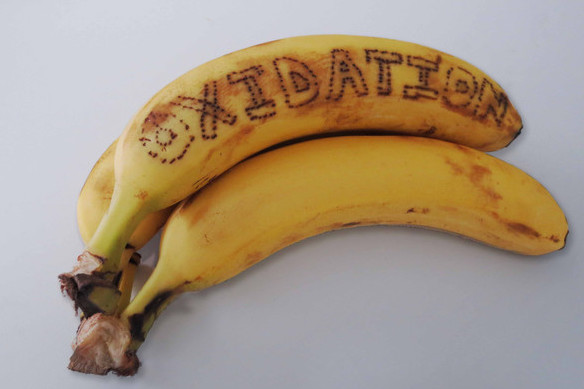
We’ve all been told to eat more colorful fresh fruits and vegetables. There are many good reasons for this. Plant-rich diets contain phytonutrients. Phytonutrients can help the body function better and help prevent disease because of their anti-oxidant properties. We all know Oxygen is essential for life, yet it’s byproduct is Oxidation. We know the process of oxidation whenever we see iron rusting, or fruit turning brown. Oxidation is also a natural byproduct of normal cellular energy production. I contend we don’t need to be biologists, chemists, or physicists to understand this process (anymore than a race car driver needs to know the intricacies of aerodynamics or fuel composition to drive fast). We just need to pay attention to Nature and the natural way of things.
Everything in nature is held together by invisible bonds. Think of how magnets are attracted to each other, and how water droplets somehow stick together, or bead up on other things. An arrangement of atoms naturally seeking to connect with each other is what form molecules (that’s how we get H2O… an oxygen atom naturally attracts 2 hydrogen atoms to it). When we eat something, our body is designed to break it down into progressively smaller particles until they can be utilized at the molecular level by our cells. Problems occur when atoms become detached from molecules and lose an electron in the process. These one-electron-short molecules are what we call ‘Free Radicals’.
Free Radicals are like escaped kleptomaniac pin-balls wreaking havoc across the board because they try to steal back an electron from everything they bump into. They can’t help it, it’s the way of nature. Yet stealing an electron from some other molecule makes that other molecule a free radical, and so on, like a chain reaction. The more Free Radicals bouncing around, the more molecular damage can be caused. The body is designed to defend itself against excessive damage with a complex thing called the immune system. One way it does this is with “anti-oxidants”.

Antioxidants are the free-radical police. Actually more like UN Peacekeepers, anti-oxidants are molecules that ‘donate’ an extra electron to free radicals, thereby making them much less radical, and calming down the whole oxidation process. The body can create a very few of it’s own, but needs a ready supply of reinforcements through the consumption of antioxidants. The first source should come from antioxidant-rich foods. However, because humans can not (in today’s world), and do not, consume the volumes of these foods required, supplements become essential.
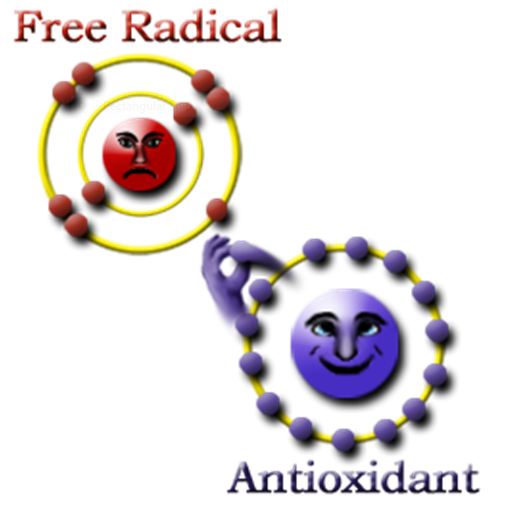 It’s the balance between free radicals and anti-oxidants that promote optimal health. Not all free radicals are bad, some are required for the process of life itself. Free radicals are but one player that can provoke inflammation in the complex world of our immune system. Without getting too technical (and stumbling over what I may have forgotten, or never knew), I’d just like to highlight one other aspect of immune response that comes up a lot with CFS. The messengers that carry signals to activate, or de-activate, certain immune functions are called “cytokines”.
It’s the balance between free radicals and anti-oxidants that promote optimal health. Not all free radicals are bad, some are required for the process of life itself. Free radicals are but one player that can provoke inflammation in the complex world of our immune system. Without getting too technical (and stumbling over what I may have forgotten, or never knew), I’d just like to highlight one other aspect of immune response that comes up a lot with CFS. The messengers that carry signals to activate, or de-activate, certain immune functions are called “cytokines”.
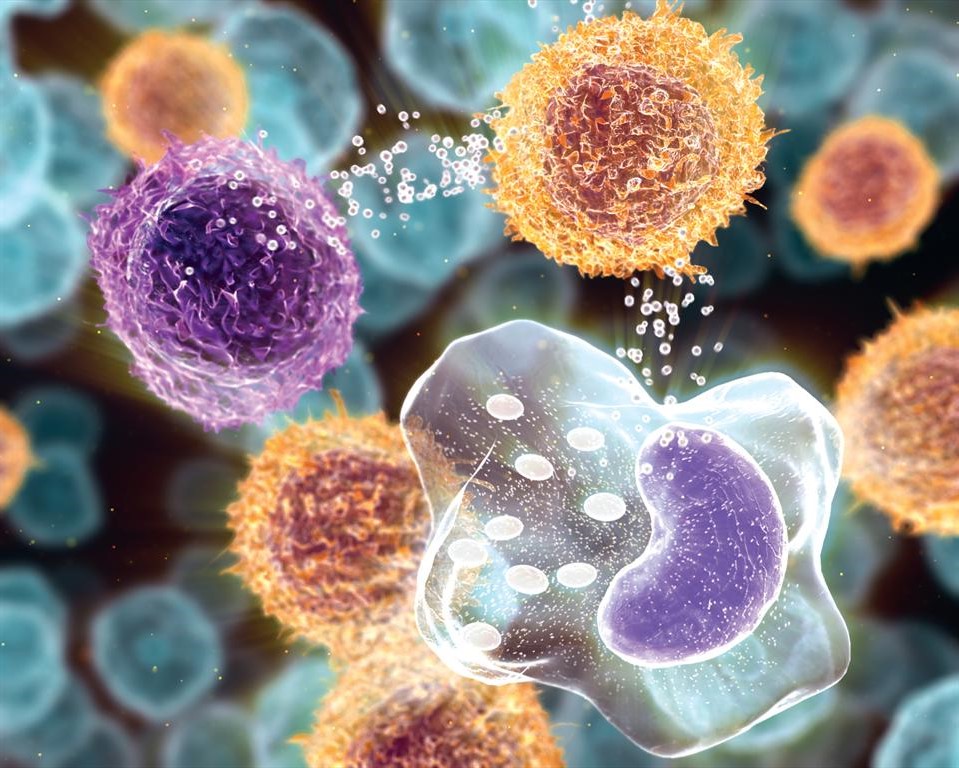
Cytokines are basically hormone-like proteins that regulate immune responses. When a healthy person cuts their finger, it will normally swell up and get red. These are cytokines, assisting the white blood cells, in creating localized inflammation to protect the wound site while it heals. What if, however, the body produced too many cytokines, or the cytokines swimming around don’t know exactly where to help? Publicly available scientific research shows how cytokine imbalances can affect the immune system at the cellular level. I’ve heard people describe chronic illness as “the body attacking itself”. Well, in my case, it seems to be overly vigilant in Defending itself… which takes a toll. Recent studies highlighted by Simmaron Research further detail how constant low levels of inflammation can be a significant factor in chronic disease.
“It’s the always on, lower levels of immune activation that cause the inflammation that results in so much trouble for so many people – and perhaps in ME/CFS.”
An ‘up-regulated’ immune system makes sense to me because other than having CFS, I’m basically very healthy. In fact, I tend to heal quickly from cuts, scratches, and surgeries. I almost never get colds or the flu, and haven’t had a flu shot since 1998 (interestingly, the last one just prior to my diagnosis). So, other than insuring I feed my body a proper balance of nutrients at the cellular level, how could I address this “always on” low level of immune activation without taking more pharmaceuticals?

Peer-reviewed research published in the Journal of Endocrinology & Metabolism shows actual evidence a particular combination of supplements can, in fact, reduce low level inflammation. The study focused on the oxidative stress we create for ourselves after eating a high-fat, high-carbohydrate (HFHC) meal. I wasn’t initially looking for a way to mitigate the self-inflicted injuries caused when I ‘cheat on my diet’, but it’s nice to know there is a way to do that.
There is an Effective anti-oxidant, non-drug, anti-inflammatory, to suppress oxidative stress at the cellular level… with no adverse side effects.
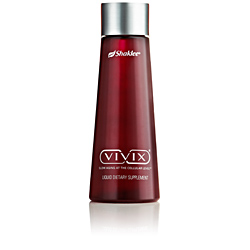
Shaklee’s patented Vivix is the most powerful liquid anti-oxidant dietary supplement we know of. It’s a delicious natural thick grape syrup made with no sugar or artificial sweetener. It is sourced from a particular variety of Muscadine grape grown in the southeastern US. In fact, Shaklee has bought up most of the vineyards growing this particular variety to insure a constant supply and quality control. We love the Concentrated flavor of both the Kosher and the Regular Vivix (also comes in liquigel capsules for those who prefer a pill form).
Check out recipes in our Facebook Health & Wellness group to see some ways we actually incorporate this tasty treat into our regular diet (without feeling like ‘just one more thing to take’)
Try it Risk Free: Order Online Here.
Check for current specials and member discounts.
Vivix is NOT a medication. I am not a doctor and cannot prescribe anything. Therefore, by law (and FDA regulation), this information is not intended to diagnose, treat, cure, or prevent any disease. Links to websites for information dissemination do not imply endorsement by that website or its affiliates.
Whatever you choose for yourself, Be Well!
PS: Subscribe to our FREE Monthly Vitality For Life Newsletter (this month talking about Melanoma)
For All Your Healthy Needs: Sign up for


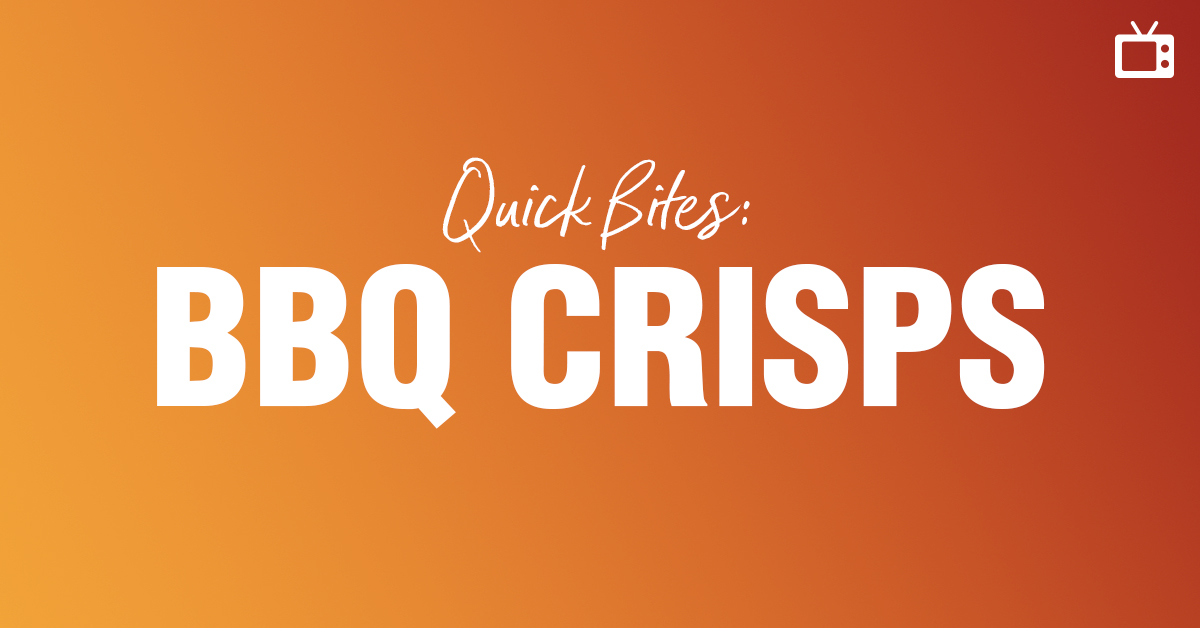
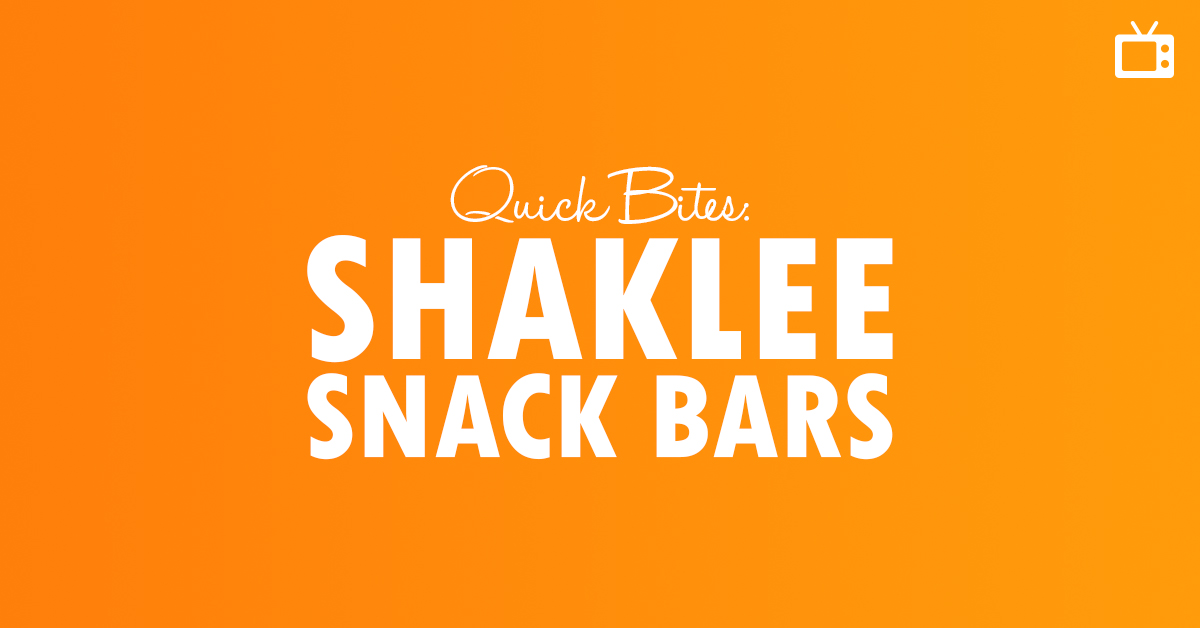
Facebook Comments